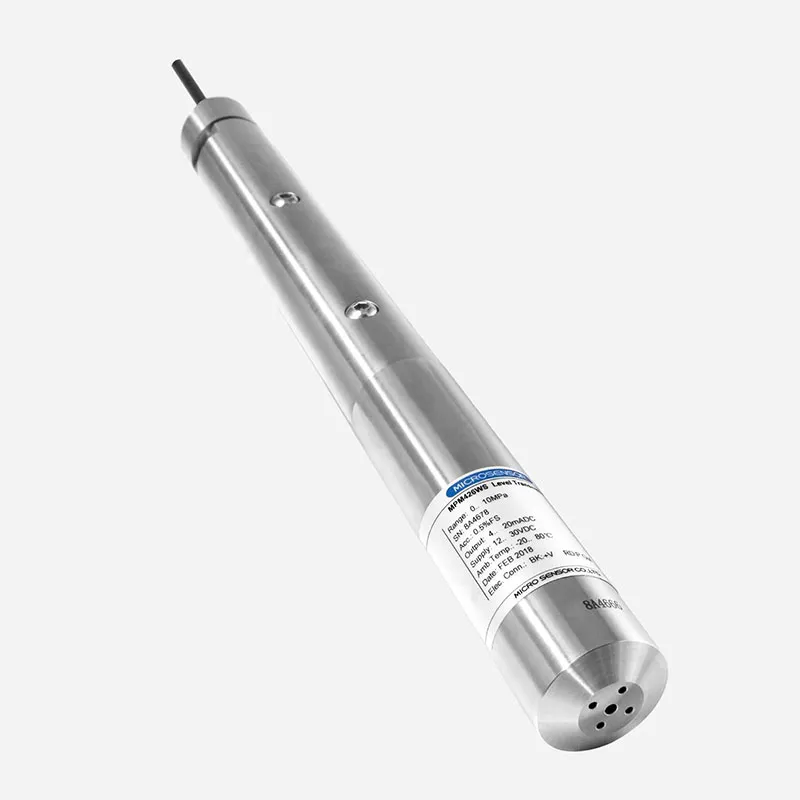Submersible Level Transmitter
Φ26mm
0m~1m…200m H2O
Accuracy: ±0.25%FS, ±0.5%FS, ±1%FS
DNV approved for installation on all vessels
ATEX Certificated
New Product Change Notice (PCN) effective Jan 1, 2025. MICROSENSOR appreciate your understanding.
MPM426WS
Used For
Metallurgical Industry, Power Plant, Mines, Oil and Gas in Deep Well, Hydrological Exploration
Leave a MessageThe MPM426WS deep water level transmitter is dedicated to measuring oil and gas in deep wells and can be used in harsh environments such as monitoring mine water levels from 350mWC to 2000mWC up to a maximum measurement depth of 2000 metres. In order to improve the sealing performance, the product adopts a special rubber ring bi-directional sealing technology, and the sealing and locking wires are treated separately. For complete sealing and insulation, the cavity is filled with a high vacuum, water and mineral oil resistant sealing silicone material. The product has standard 4~20mA temperature and pressure signal output, and adopts automatic production line to ensure quality, stability and reliability.
Features
• Range: 0mH2O ~ 350mH2O…2000mH2O
• Accuracy: ±0.5%FS (pressure); ±2℃ (temperature)
• Reversed-polarity protection
• Suitable for deepwater level and temperature measurement
Specifications
• Range:
0mH2O ~ 350mH2O…2000mH2O
-20℃ …0℃ ~ 10℃ …80℃;
• Overpressure: ≤2 times FS or 2200mH2O (minimum value is valid)
• Pressure type: sealed gauge, absolute
• Accuracy: ±0.5%FS (pressure); ±2℃ (temperature)
• Zero Thermal Drift: ≤ ±0.02% FS/℃
Image:
The MPM426WS deep water level transmitter is dedicated to measuring oil and gas in deep wells and can be used in harsh environments such as monitoring mine water levels from 350mWC to 2000mWC up to a maximum measurement depth of 2000 metres. In order to improve the sealing performance, the product adopts a special rubber ring bi-directional sealing technology, and the sealing and locking wires are treated separately. For complete sealing and insulation, the cavity is filled with a high vacuum, water and mineral oil resistant sealing silicone material. The product has standard 4~20mA temperature and pressure signal output, and adopts automatic production line to ensure quality, stability and reliability.
Features
• Range: 0mH2O ~ 350mH2O…2000mH2O
• Accuracy: ±0.5%FS (pressure); ±2℃ (temperature)
• Reversed-polarity protection
• Suitable for deepwater level and temperature measurement
Specifications
• Range:
0mH2O ~ 350mH2O…2000mH2O
-20℃ …0℃ ~ 10℃ …80℃;
• Overpressure: ≤2 times FS or 2200mH2O (minimum value is valid)
• Pressure type: sealed gauge, absolute
• Accuracy: ±0.5%FS (pressure); ±2℃ (temperature)
• Zero Thermal Drift: ≤ ±0.02% FS/℃
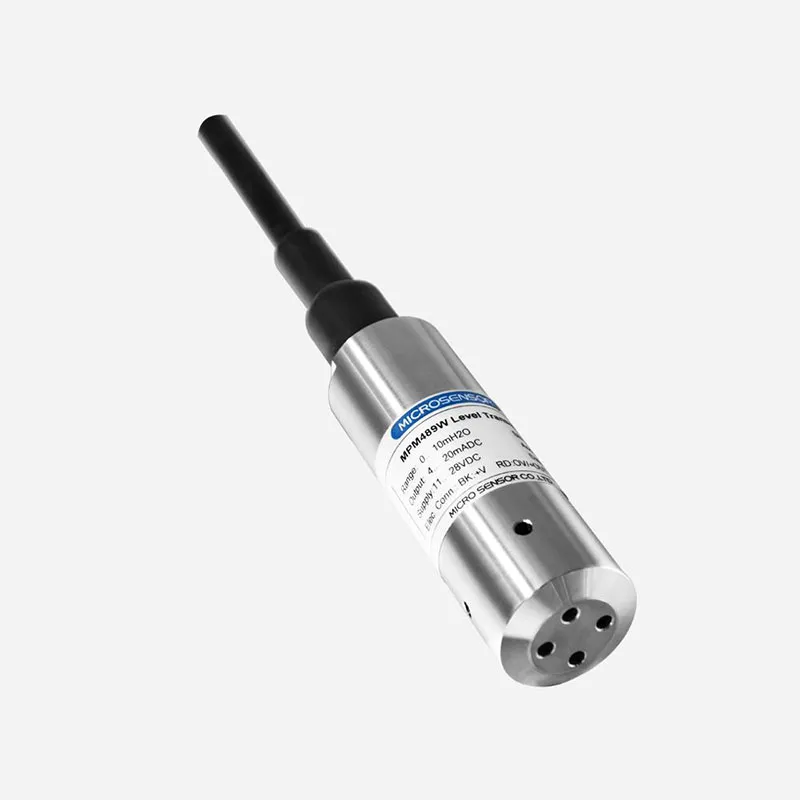
Φ26mm
0m~1m…200m H2O
Accuracy: ±0.25%FS, ±0.5%FS, ±1%FS
DNV approved for installation on all vessels
ATEX Certificated
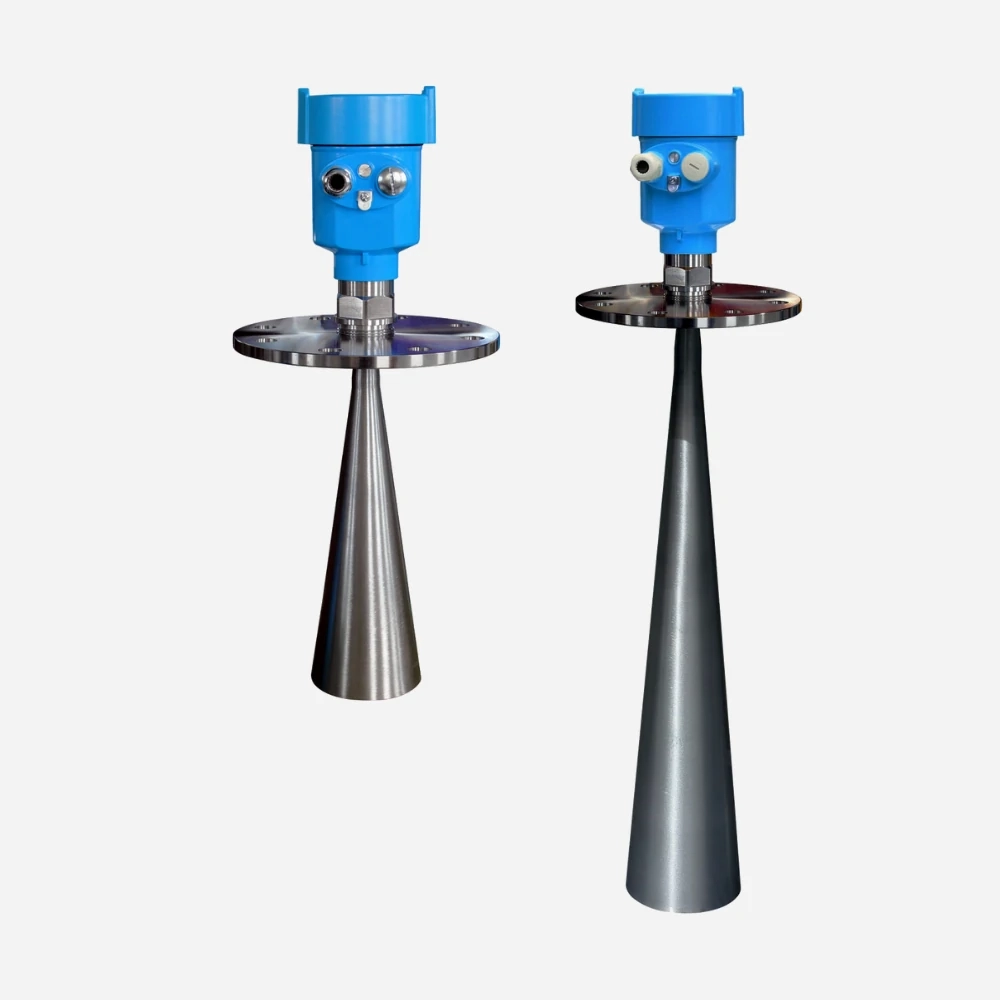
Contactless Level Measurement
Measuring range: 0m~70m
Measured media: Solid, Liquid
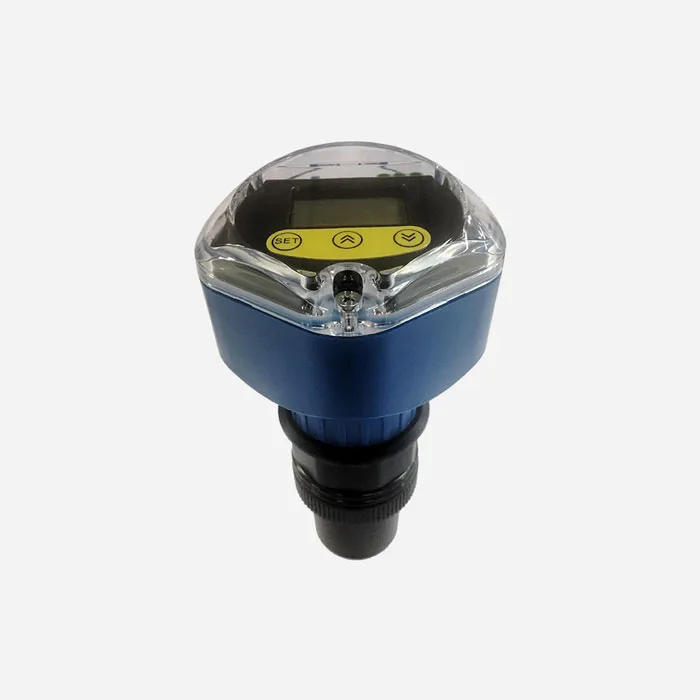

Level / Pressure Measurement: 0mH2O~2mH2O…200mH2O / 0mbar~200mbar...350bar
Output mode: 4mA~20mA, 1V~5V, 0.5V~4.5V...RS485-Modbus, etc.
Low power consumption
ABS, DNV approved for ship use
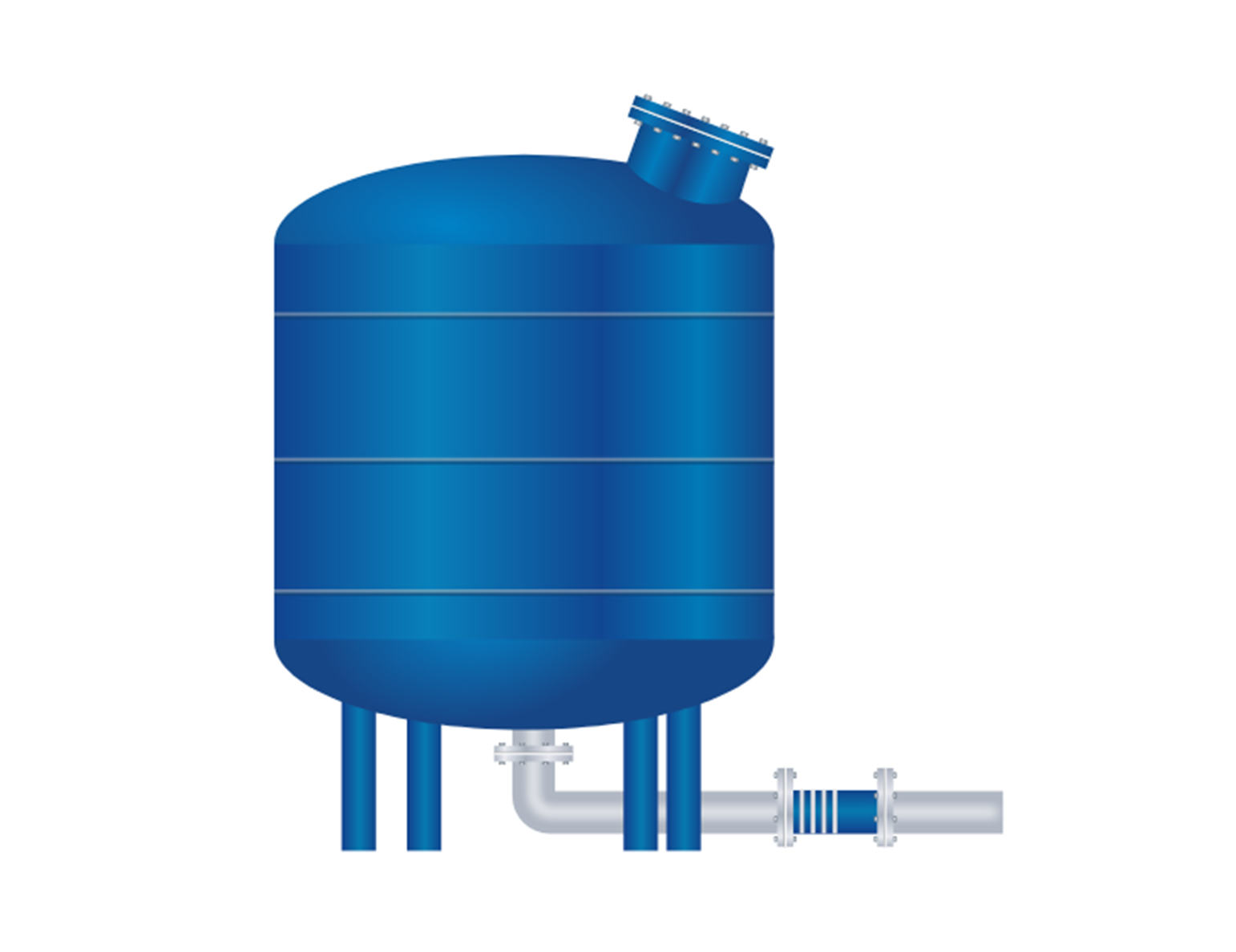
The pulp undergoes high-temperature bleaching in a tower using peroxides, ozone, or oxygen to get the right white color. The tower usually stays empty while the large amount of bleached pulp is dumped via a screw conveyor.
more info...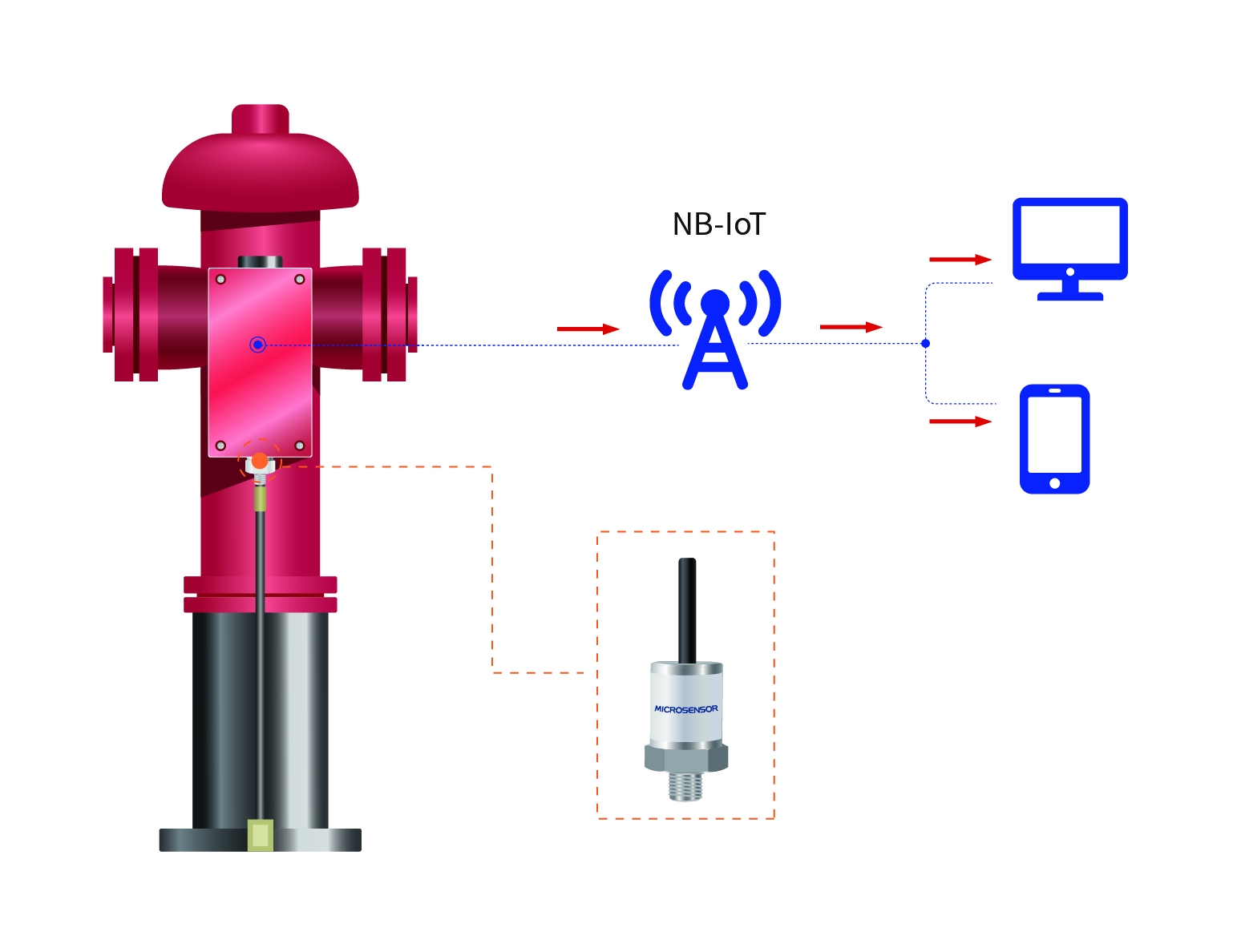
The micro-fused pressure transmitters can be used in hydrants to monitor the internal pressure of hydrants in real time, and send the data to the cloud platform for statistical analysis through wireless monitoring terminals and wireless networks. When an error occurs, it can locate the fault position and sends the alarm in time.
more info...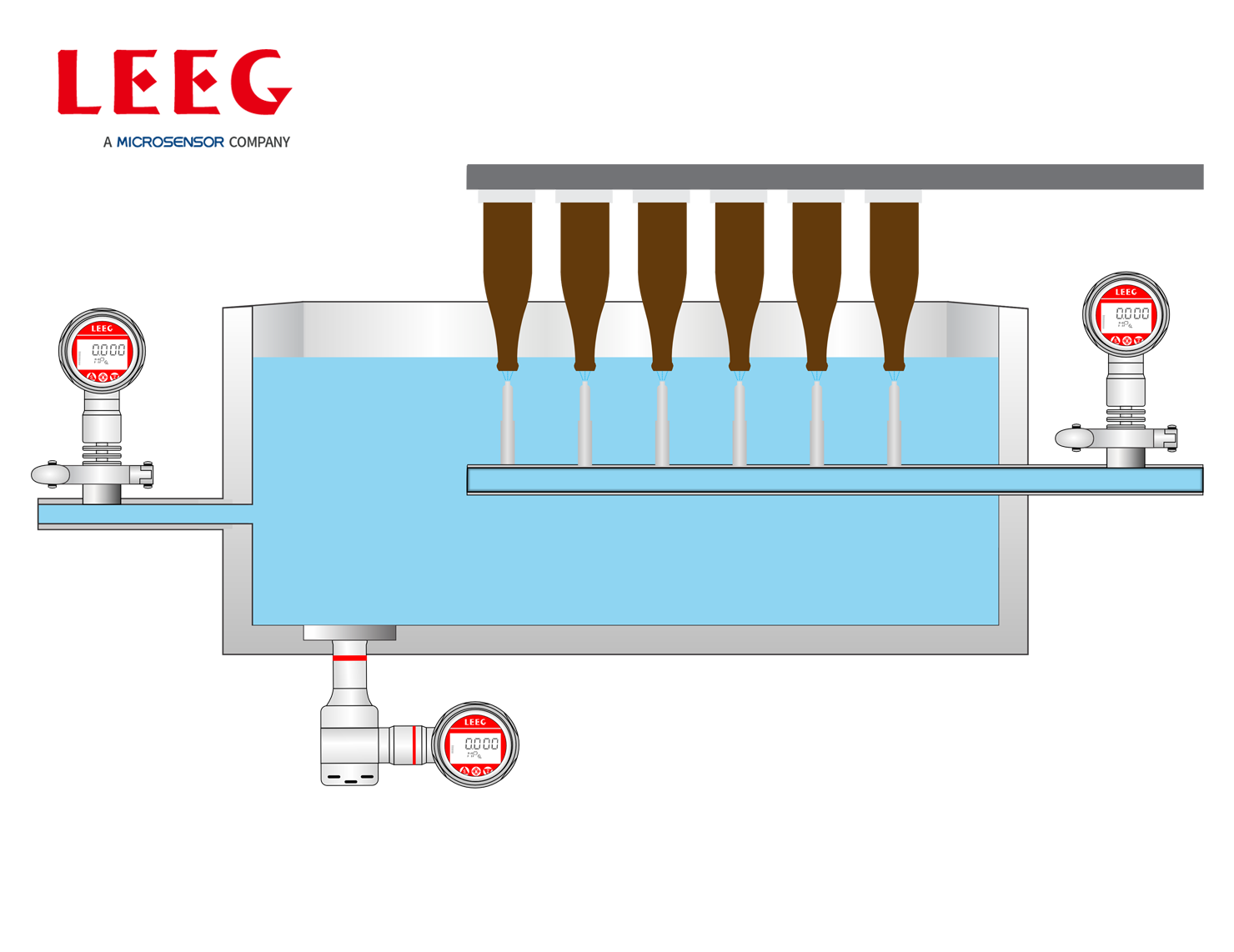
Before beer bottles, medicine bottles, and condiment bottles are filled with liquid, they need to be cleaned first. The cleaning process is as follows: First, the bottles are filled with lye in the alkali tank to remove most of the stains; then, the bottles are back washed with high pressure using water of different temperatures to wash away the remaining impurities and lye. To ensure the stable operation of the bottle washing machine, the level of the alkali tank needs to be measured by hydrostatic pressure. In addition, the pressure of the alkali tank water inlet pipe and the nozzle pipe also needs to be measured.
more info...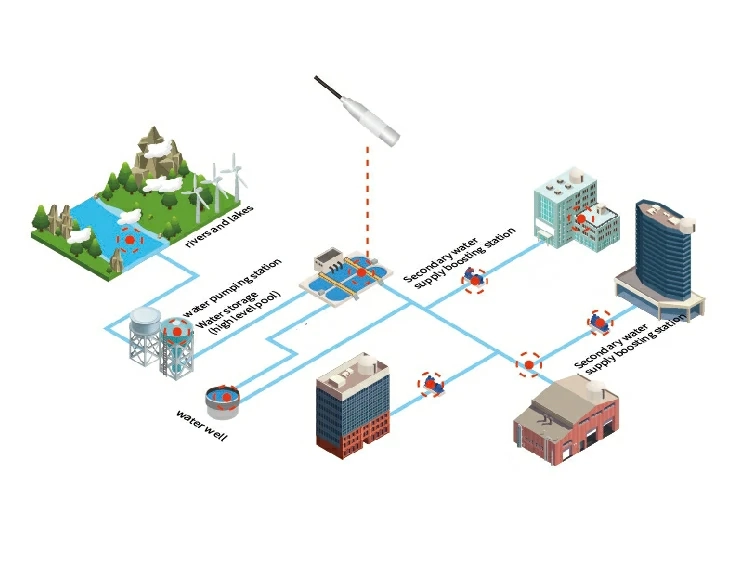
Monitoring the pressure, flow and other specifications of the entire pipe network by installing the monitoring device in water supply pipe network well contributes to scientifically scheduling water supply and ensuring the stable operation of the water supply system.
more info...